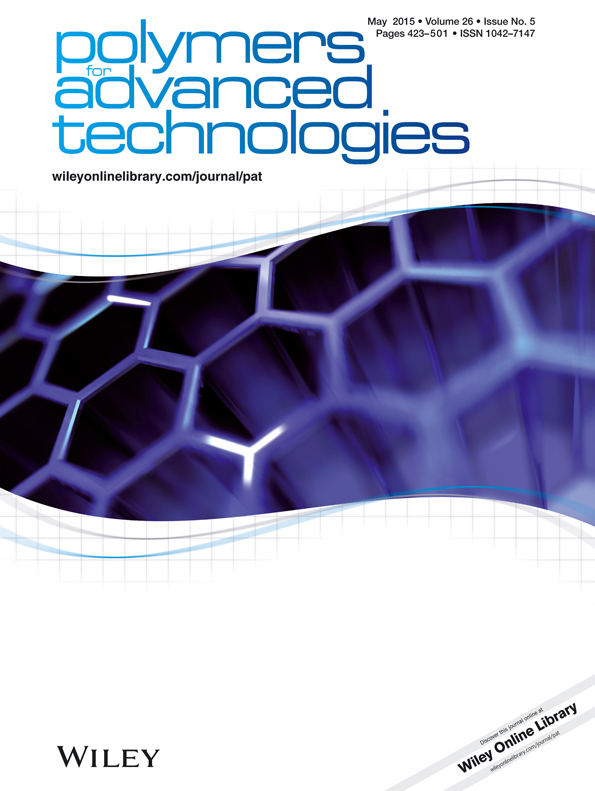Effect of polyethylene glycol on the crystallization and impact properties of polylactide-based blends
Abstract
Polylactide (PLA) was plasticized by polyethylene glycols (PEGs) with five different molecular weights (Mw = 200–20,000 g/mol). The effects of content and molecular weight of PEG on the crystallization and impact properties of PLA were studied by wide-angle X-ray diffraction, differential scanning calorimetry, scanning electron microscopy, transmission electron microscopy, and V-notched impact tests, respectively. The results revealed that PEG-10,000 could significantly improve the crystallization capacity and impact toughness of PLA. When the PEG-10,000 content ranged from 0 to 20 wt%, the increases in both V-notched Izod and Charpy impact strengths of PLA/PEG-10,000 blends were 206.10% and 137.25%, respectively. Meanwhile, the crystallinity of PLA/PEG-10,000 blends increased from 3.95% to 43.42%. For 10 wt% PEG content, the crystallization and impact properties of PLA/PEG blends mainly depended upon PEG molecular weight. With increasing the Mw of PEG, the crystallinity and impact strength of PLA/PEG blends first decreased and then increased. The introduction of PEG reduced the intermolecular force and enhanced the mobility of PLA chains, thus improving the crystallization capacity and flexibility of PLA. Copyright © 2015 John Wiley & Sons, Ltd.




